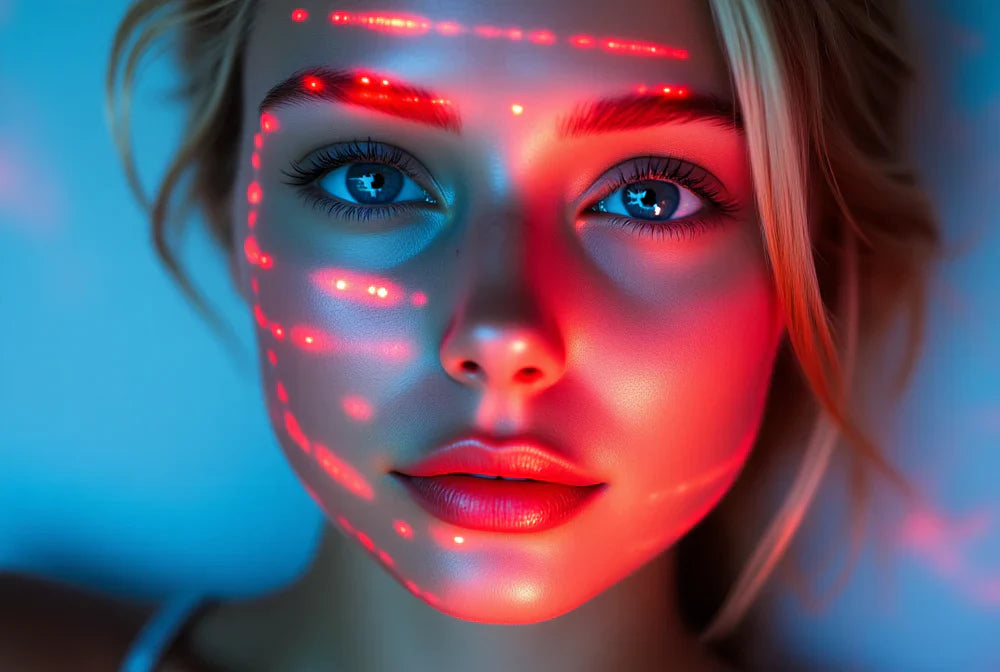When ultraviolet light hits our skin the human photo-protective-response is engaged.
This is the complex system designed by nature over millions of years to defend against daily solar radiation.

This system consists of the upregulation of antioxidant defenses, activation of tumor suppressor gene p53 (namely), DNA repair mechanisms, selective cell death and last the increased production of melanin pigment.
The melanin is transported to form a physical shield over the nuclear DNA (known as supranuclear CAPS) see picture below


This shield acts a photo-barrier, with the capability of absorbing 50-75% of the ultraviolet light.
The newly generated melanin acts as a free radical scavenger scattering the ultraviolet light and neutralizing many of the oxidative by-products before most have the chance to create their damage.
Research demonstrates that as the body increases melanin concentration in response to chronic sun exposure mutation frequency decreases approximately 60%!
The process is called photoadaptation referred to by some as a "Solar Callus"
This natural protection is estimated to equal an SPF of 1-2 on average and possibly as high as 4.
Interestingly, sunscreen completely blocks our natural photoprotective response minimizing our photoadaptation and all the while completely preventing vitamin D synthesis from occurring in our skin.
I recently wrote a post about how we may be able to substitute sunscreen for antioxidant serums.
Antioxidant serums dont block the sunlight, they dont interfere with our natural defense mechanisms or interfere with vitamin D synthesis in our skin.
Almost all of the scientific literature however, indicates that these formulations can significantly attenuate solar damage (and other environmental stressors such as wireless radiation, artificial light and pollution) through the neutralization of free radicals.
"Topically applied vitamin C induced significant photoprotective effects at concentrations of at least 10% in animals and humans.
Topical vitamin E reduced erythema, sunburn cells, chronic UV-B-induced skin damage, and photocarcinogenesis in the majority of the published studies.
Combination of vitamins C and E, partly with other photoprotective compounds, did increase the photoprotective effects dramatically compared to monotherapies."


ref: https://www.ncbi.nlm.nih.gov/pubmed/16185284
ref: https://lpi.oregonstate.edu/mic/health-disease/skin-health/vitamin-C
Thank you for reading,
Your team @electromagneticrevolution




Share:
The Dead Sea and Vitiligo
Still getting your vitamin D from a Pill?